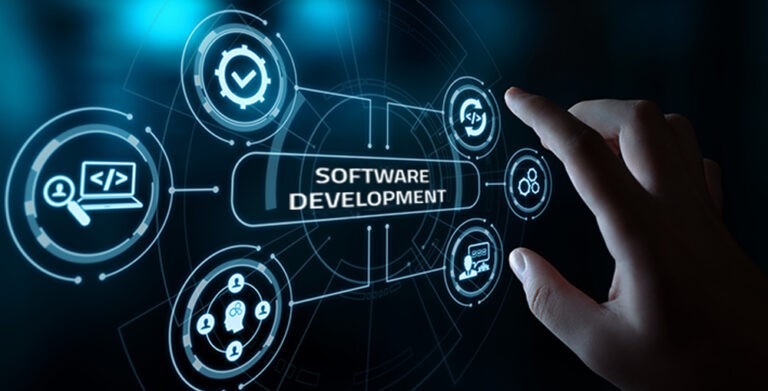.jpg)

Contextual Digital Display: Content that Changes with the Time of Day
Technology is one of the key aspects in the modern city of Dubai. It is leveraged to grab the attention of specific target audiences. One of the key systems that shapes the new interaction experience is contextual digital signage UAE, a dynamic display of content that can adapt to the time of day, weather, location, and audience behavior. These are not just screens, but intelligent tools that combine visual impact, analytics, and fine-tuning of real-time communication.
Morning: data and dynamics
When the first stream of people goes to offices, shopping malls and transport hubs, digital kiosks are activated automatically. CMS systems (content management system) provide pre-planned content, including schedules, promotions, menus, and news, while updates occur remotely via a cloud platform. Such solutions allow you to manage hundreds of displays throughout the city, while maintaining the accuracy and uniformity of messages.
Dynamic digital signage generates a morning flow of information, taking into account the context. Suppose it is +35°C outside, then the screen at the cafe can display offers on cold beverages. Interactive displays are already capable of changing content in fractions of a second, depending on time and audience.
According to statistics, enterprises that have implemented such technologies record sales growth of up to 30%, and around 80% of viewers remember the content they see. For cities with high traffic density, such indicators mean not just marketing success, but a tool for managing the attention of millions of people.
Day: Interaction and personalization
In the afternoon, when shopping malls and business centers are filled with visitors, another part of the system comes into play - interactive interaction. LED displays and touch panels in shops, banks and hotels respond to user actions. Computer vision and sensors detect age and behavioral patterns without collecting personal data.
Based on this data, the content is rebuilt instantly. AI algorithms analyze how long a person has been looking at the screen and adjust the duration or sequence of the video. This personalization has proven effective. Companies using AI support increase customer engagement and brand awareness. And most importantly, they achieve the accuracy of information delivery without operator involvement. This is not advertising in the usual sense, but dynamic communication between the system and a person.
Evening: flexibility and energy efficiency
By evening, the load on the infrastructure increases, but modern displays are stable. Most LED panels can withstand dust, moisture and high temperatures, and their service life is a long one. IoT modules connect networks of screens into a single system that automatically reduces brightness at night, saving energy. Statista predicts that the energy-efficient display market will exceed $200 billion by 2030, a figure that reflects the global shift towards sustainable technologies.
Dubai already uses rule-based platforms where content is updated on a schedule where promotions are shown during the day, cultural announcements and public information are shown in the evening. All this happens without human intervention. Automation reduces errors and speeds up the response to changes in traffic or weather.
Thanks to IoT integration and analytical modules, companies receive not only a visual channel, but also a tool for audience monitoring, which is especially important in the fields of transport and hospitality.
Night: analytics and strategic management
When the streets empty and the screens dim, the next step in the process begins and that is data collection and analysis. CMS systems process impression statistics, contact time, content effectiveness, and even the routes people take near screens. This data allows marketers to build strategies and adjust the content schedule.
In large networks covering dozens of locations, scaling is performed automatically. It is enough to set the parameters once, and the system synchronizes them on all devices. This makes it possible to maintain brand identity and quickly adapt content without delay.
According to industry data, the use of such solutions allows companies to save up to 30% of the budget on printed materials, while increasing the accuracy of communication. And an interactive touch-controlled digital kiosk at airports, shopping malls, and hotels reduce staff workload, improving the customer experience.
Contextual digital signage is becoming part of the UAE's urban infrastructure and Aristo Star digital signage systems bring these innovations to life across the UAE. The solution’s strength lies in its ability to react to time, place, and person. It informs in the morning, engages in the afternoon, saves resources in the evening, and analyzes at night. As the number of IoT devices grows, such displays will become the main way of communication between businesses and audiences.























